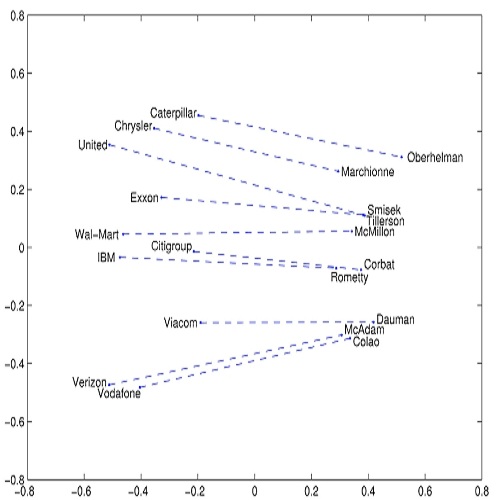The task of automatically detecting hate speech in social media is gaining more and more attention. Given the enormous volume of content posted daily, human monitoring of hate speech is unfeasible. In this work, we propose new word-level features for automatic hate speech detection (HSD): multiword expressions (MWEs). MWEs are lexical units greater than a word that have idiomatic and compositional meanings. We propose to integrate MWE features in a deep neural network-based HSD framework. Our baseline HSD system relies on Universal Sentence Encoder (USE). To incorporate MWE features, we create a three-branch deep neural network: one branch for USE, one for MWE categories, and one for MWE embeddings. We conduct experiments on two hate speech tweet corpora with different MWE categories and with two types of MWE embeddings, word2vec and BERT. Our experiments demonstrate that the proposed HSD system with MWE features significantly outperforms the baseline system in terms of macro-F1.
翻译:自动发现社交媒体中的仇恨言论的任务日益受到越来越多的关注。鉴于每天张贴的内容数量庞大,人类对仇恨言论的监测是行不通的。在这项工作中,我们提出用于自动检测仇恨言论的新字级功能:多字表达式(MWEs)。MWE是大于具有独特性和构成含义的单词单位。我们提议将MWE特性纳入基于深层神经网络的基于HSD框架。我们的基准HSD系统依赖于通用判刑编码器(USE)。为了纳入MWE特征,我们建立了一个三权深神经网络:USE分支一个分支,MWE类别一个分支,MWE嵌入一个分支。我们实验了两种带有不同 MWE类别的仇恨言论推文体以及两种MWE嵌入式、W2vec和BERT。我们的实验表明,拟议的MWEHSD系统在宏观-F1方面大大超越了基线系统。





